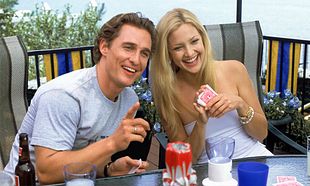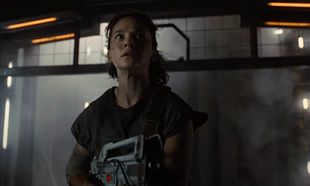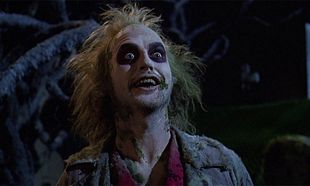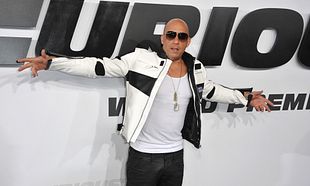In the early seventies, Stanley Kubrick was enjoying one of the most extraordinary positions the industry has ever given a director. His last three films – Dr Strangelove, 2001 and A Clockwork Orange – had been global sensations, and his next project was shrouded in secrecy. All they were allowed to know was that his new film would star Ryan O’Neal and former Vogue cover model Marisa Berenson.
Kubrick had in mind to adapt Thackeray’s 1844 novel The Luck of Barry Lyndon, a satirical picaresque about the fortune-hunting of an Irish rogue. Kubrick and cinematographer John Alcott set themselves the task of shooting as many sequences as possible by candlelight, a feat difficult enough in still photography, let alone with moving images, but they managed it, and so Kubrick’s vision of recreating the huddle and glow of a pre-electrical age was miraculously put on screen. For the stunningly beautiful exteriors, in which Ireland plays itself, England, and Prussia during the Seven Years War, Kubrick and Alcott looked to the landscapes of Watteau and Gainsborough. Alcott would win an Oscar for his amazing work.
Watching it now is a spellbinding experience. A glittering procession of character players subjected to many, many arduous takes, light up the film. Kubrick’s cast may have been required to sit for these for days and weeks on end, but no one could say the results weren’t worth it.
Tim Robey
The Daily Telegraph
Please note that the festival is for over 18s only








































































